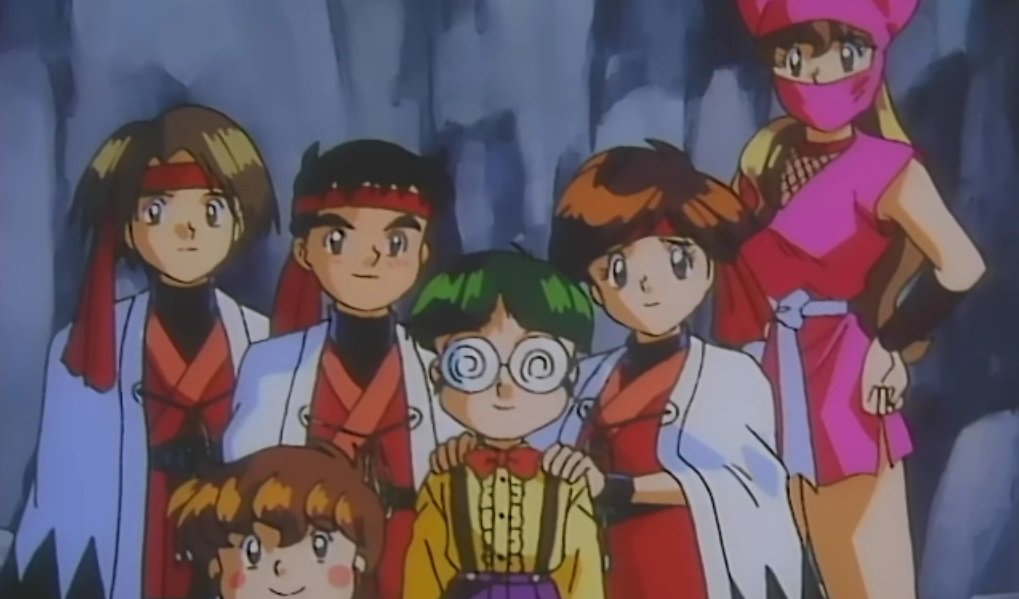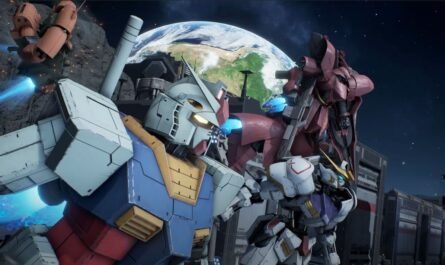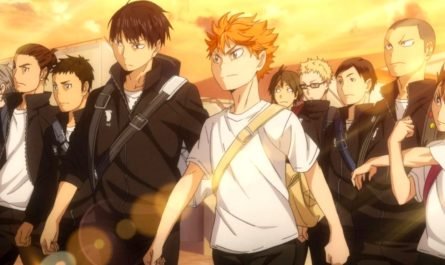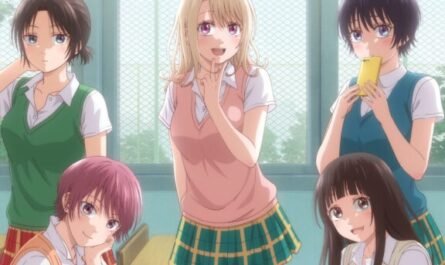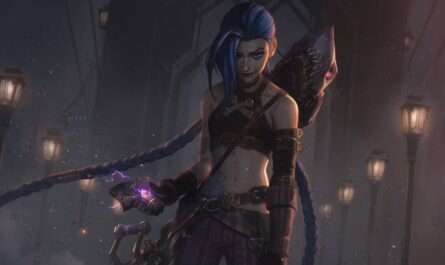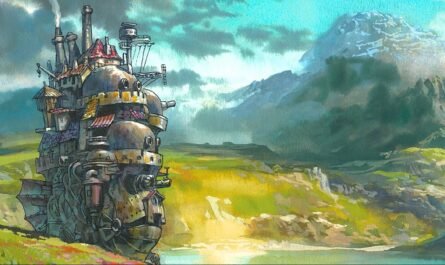In 1995, the TV animation “Fly! Isami” started distribution on NHK Children’s Park (397 yen per month) on Amazon Prime Video.
It was the first original anime that NHK launched from the planning stage. The opening theme song was “Heart wo Kukkyanai” by TOKIO, a rock band belonging to Johnny & Associates. They had just debuted at the time.
Director Tatsuo Sato announced the start of distribution on his Twitter account. But, he said, “It’s NHK Children’s Park, not Amazon Prime’s unlimited viewing!”
The work that marked the beginning of NHK’s original animation
“fly! Isami” tells the story of Isami Hanaoka, Toshi Tsukikage, and Soushi Yukimi, descendants of the Shinsengumi, who were active at the end of the Edo period.
The three characters are named after real-life members of the Shinsengumi, Isami Kondo, Toshizo Hijikata, and Soji Okita. The strategy became popular. Gisaburo Sugii
“Touch,” “Night on the Galactic Railroad,” etc. ) and Tatsuo Sato (“Martian Successor Nadesico, “Bodacious Space Pirates”) will be the first TV series directors, and Michiyo Nakajima will be the voice actor for Isami. Despite being a debut work, he was selected as the main character.
Also, as mentioned above, it is an original animation launched by NHK from the planning stage, and no original manga or novel exists. However, comicalized works based on anime are being developed by NHK Publishing.
NHK animation of the 1990s that colored the times
“fly! Isami”, followed in 1996 by NHK’s second original anime, “Harimogu Hari.” After that, “YAT Anshin! Space travel” (1996), “Ojarumaru” (1998), “Collector Yui” (1999), and other original works appear one after another.
“Ojarumaru,” which is still being broadcast today, has become a long-running work, and “Fly! Isami” can be said to be the work that laid the foundation for NHK’s original animation to this day.
In the 1990s, when these works were broadcast, NHK’s animation development was active in addition to the original, including “Nintama Rantaro,” “Ghost Holly,” “Azuki-chan,” and “Nadia of the Sea of Wonders.” In addition, masterpieces such as “Cardcaptor Sakura” that are still being talked about were being broadcast.
“fly! With the start of the distribution of “Isami,” how about revisiting the nostalgic classic anime?

